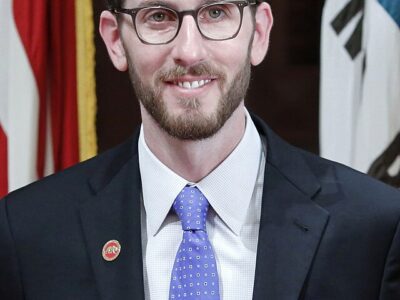The new and improved EPA
Since I’ve suggested elsewhere on this blog that EPA might not yet have achieved full vertebrate status with respect to mountaintop removal mining, I should acknowledge some of the positive steps the agency has taken recently. Three examples:
- EPA and the Department of Transportation jointly proposed new fuel efficiency/greenhouse gas emission standards for cars and trucks, effective with model year 2012 (fact sheet here, proposed rule and other information here). According to EPA: “The standards proposed would apply to passenger cars, light-duty trucks, and medium-duty passenger vehicles, covering model years 2012 through 2016. They require these vehicles to meet an estimated combined average emissions level of 250 grams of carbon dioxide (CO2) per mile in model year 2016, equivalent to 35.5 miles per gallon (mpg) if the automotive industry were to meet this CO2 level all through fuel economy improvements.” California, which earlier this summer was granted a waiver allowing it to enforce its own GHG emission limits, intends to harmonize its program with this federal one.
- EPA announced that it will reconsider the ozone air quality standards announced in spring 2008 (both the primary standard which protects public health, and the secondary standard protecting public welfare). EPA’s own scientific advisors criticized those standards as too weak, and they were widely viewed as tainted by political interference from the Bush White House. While this announcement doesn’t necessarily mean the ozone standards will be tightened, the signals are pretty strong. EPA says it will propose any revisions by December of this year. Given the size of the record, that time frame suggests that EPA already has an idea what revisions are needed.
- EPA finally responded to a petition (E&E News subscription required) filed in Dec. 2007 asking that it object to issuance by Kentucky officials of a Clean Air Act allowing expansion of a Tennessee Valley Authority coal-fired power plant. EPA found that state authorities had not responded to commenters who contented that additional NOx controls were legally required at the plant because it had undergone major modifications, and that additional monitoring requirements were needed in the permit to ensure compliance. This decision reinforces other indicators that this EPA is taking new source review far more seriously than its predecessor, and may suggest new willingness to actively oversee state permitting. (Hat tip: Global Climate Law blog.)
Reader Comments
One Reply to “The new and improved EPA”
Comments are closed.







EPA should not only monitor emissions from US factories, but also estimate the emissions caused by imported products. If this were to be the case, independent monitoring groups would have to certify the factories overseas for US importers.